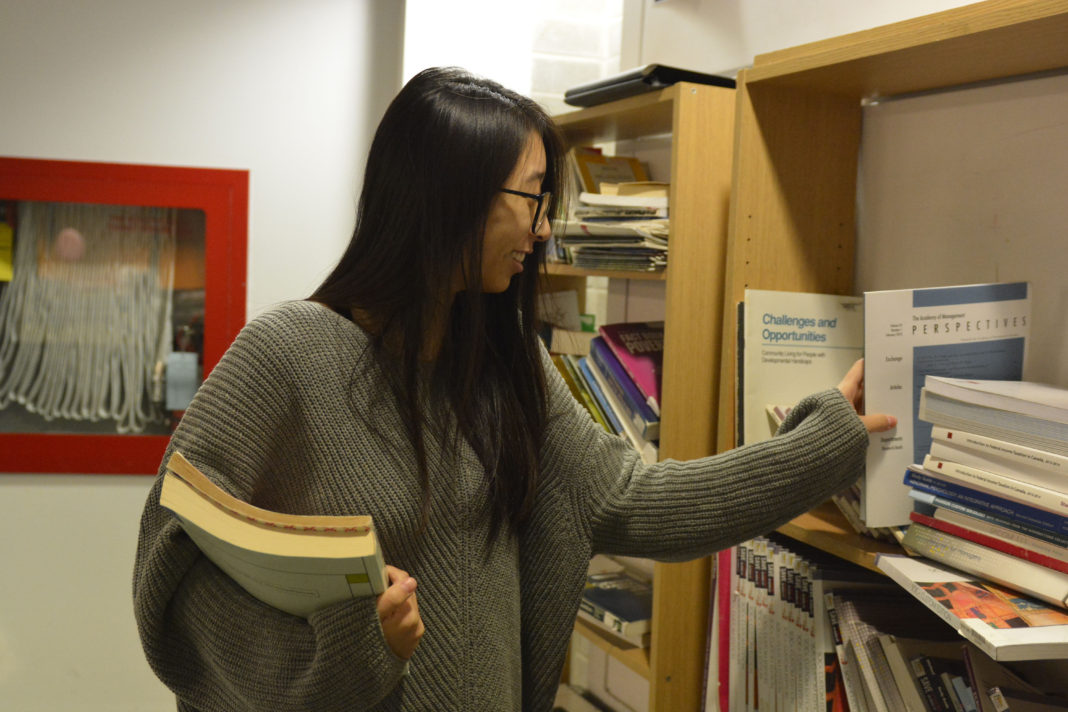The Textbook Broke campaign was held from Jan. 3-12 to raise awareness about open education and resources. This campaign ran in partnership with the Ontario Undergraduate Student Alliance (OUSA), student unions across the province, and the University of Waterloo Book Store.
According to Feds VP Education Andrew Clubine, “Tuition prices are increasing at way more than the rate of inflation, and textbook prices are increasing at a way higher price than that of tuition.”
“We’ve seen increases in textbook prices and it’s not uncommon for students to be spending over $150 on a textbook for a single course … and at the end of the day, it’s expensive for students and they don’t see value [in] it,” Clubine added.
In order to raise awareness about the burden of textbook prices, students were asked to use #TextbookBroke to post pictures of their receipts regarding how much money they spent on textbooks for this term, and to facilitate discussion.
“We’ve seen students in Alberta and British Columbia run Textbook Broke campaigns that were really successful in moving the needle a little bit from traditional textbook models towards the concept of open textbooks that are free for students to use,” Clubine said. “It’s been successful in other provinces, and [an] open textbook is something that has been more recently starting up in Ontario and I think it’s important for students to get behind [it].”
In Fall 2017, the University of Waterloo Book Store ran a survey to gather data on students and textbook purchases. Surveys regarding textbook affordability have recently been conducted on various campuses, including at the University of Guelph.
According to Book Store Course Materials Manager Shawn Gilbertson, “We wanted to start to collect some data here at UW, knowing that the opportunity would come up that we could share this information with the faculty administration to say that this is a concern and give some potential solutions to start to reduce the costs of course material.”
The survey shows that 75.41 per cent of respondents reported that price plays a major factor in choosing between print and digital course materials. 70.17 per cent of respondents have reported preferring print format if cost wasn’t a factor in buying.
“Students can’t afford [textbooks] or choose alternatives to buying new books — they might use an old edition or international edition … if they can find a pirated book, chances are their consumer behaviour will drive them to that book. Students are given a choice, and that choice is between food, rent, or course materials,” Gilbertson said.
Currently there are a few professors who use alternate course materials, as well as an online textbook library called eCampusOntario, a library that hosts over 200 open textbooks that professors can choose to use in their classrooms.
Both Clubine and Gilbertson hope students continue the discussion of textbook affordability.
“We’re hoping that students will continue to participate online because it’s going to show the public that this is an issue that students are concerned about. But I think the best things students could do is talk to their instructors about Textbook Broke and about the impact that textbooks have on their budget,” Clubine said.
































